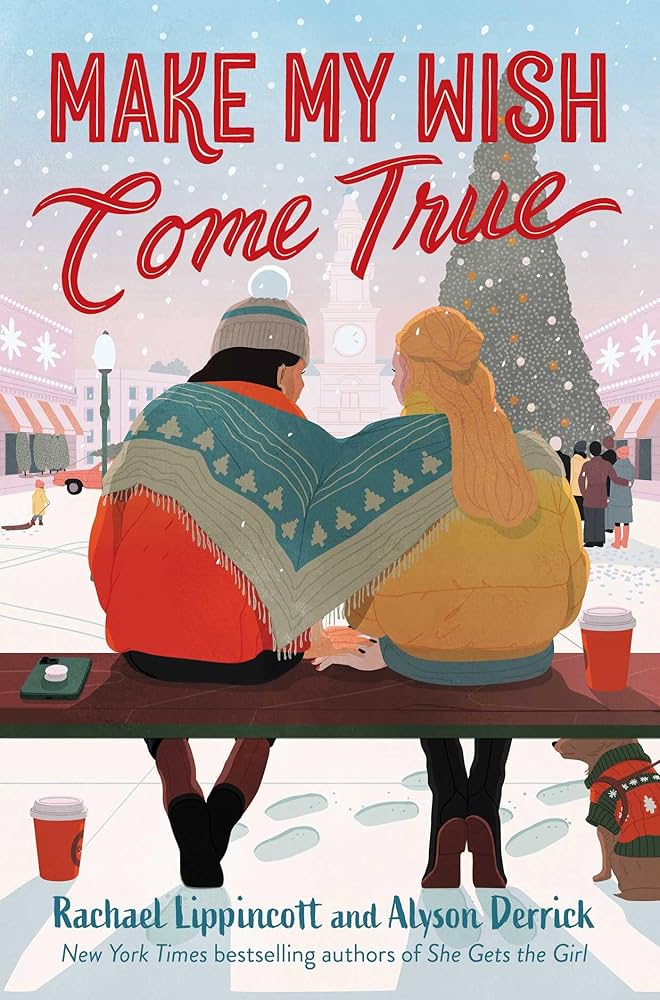Colors can inspire us to feel certain emotions or moods. Each and every hue, shade, and tone affects us differently. This is what's called color theory or color psychology. Learning about color psychology can be useful for all different kinds of...
Colors can inspire us to feel certain emotions or moods. Each and every hue, shade, and tone affects us differently. This is what's called color theory or color psychology.
Learning about color psychology can be useful for all different kinds of visual artists and it is often used by marketers to influence buyer decisions.
Color theory is defined as the study of how color effects individuals and their actions.
The color of a room can effect how you feel, the color of food can effect how it tastes, and the color of your clothes can effect how you are perceived by yourself and others.
Colors can either be be stimulating or calming. Warmer colors tend to be more stimulating while cooler tones are more calming. For example, shades of blue and green are considered to be most restful and relaxing.
Colors can mean different things to different people and cultures. Most colors have multiple symbolic or cultural meanings. This is what makes interpreting colors into moods somewhat challenging.
Because of this, we have created this color chart to help you identify how wearing some colors will generally make you feel and how you will be perceived by others.

Next time you're planning what to wear for an event, consider how colors will affect your perception and emotions in the context of the situation.
Because of color theory, people often wear black to job interviews to appear more powerful. If you're feeling particularly anxious for an interview, try wearing shades of blue and see if it makes a difference in how you feel.
Women also tend to wear red on first dates, which has been shown to inspire love and passion. If you are a performer such as a musician, wearing yellow on stage can inspire the audience to feel more joyous and energetic.
We hope that this guide has helped you begin to understand how color theory works and make more conscious decisions about the colors you wear everyday.













